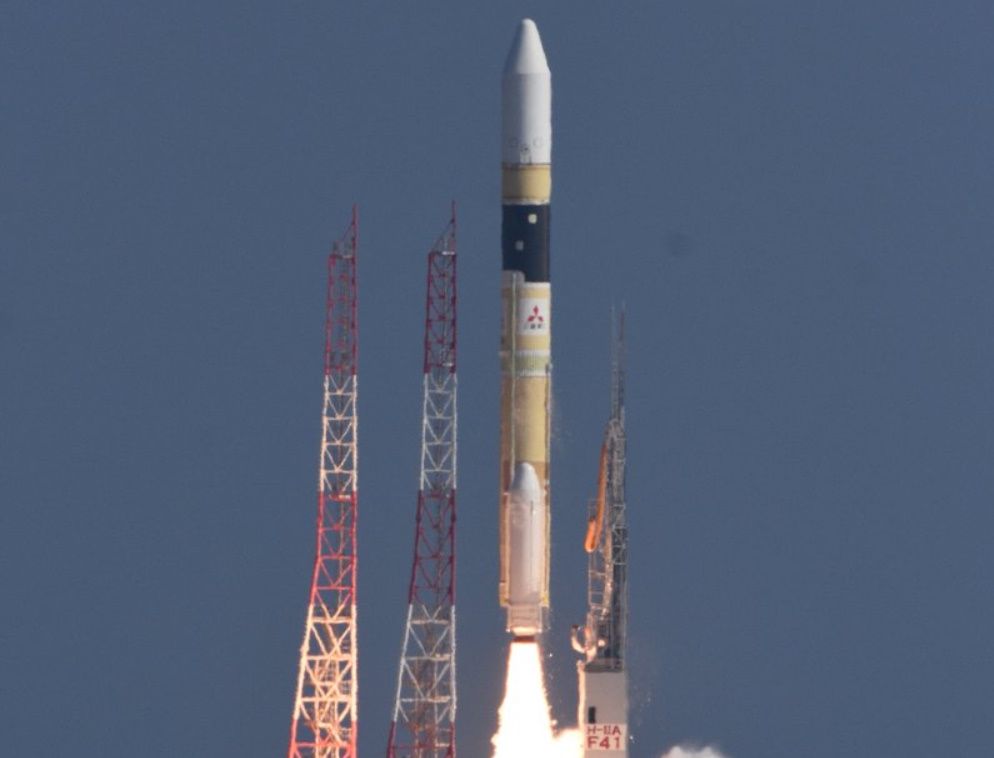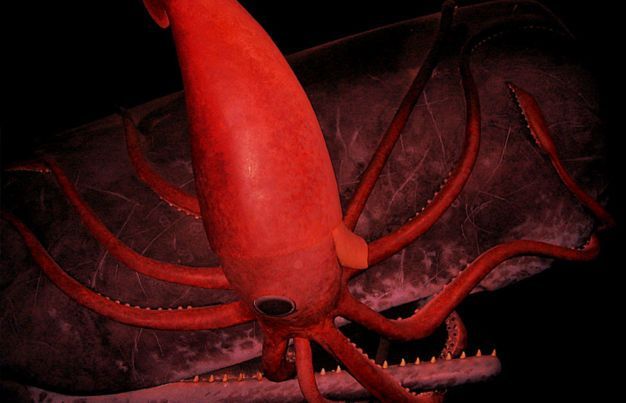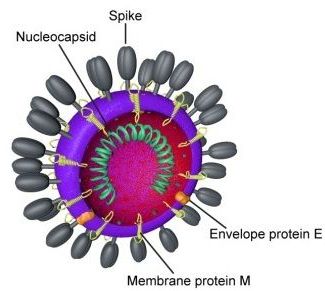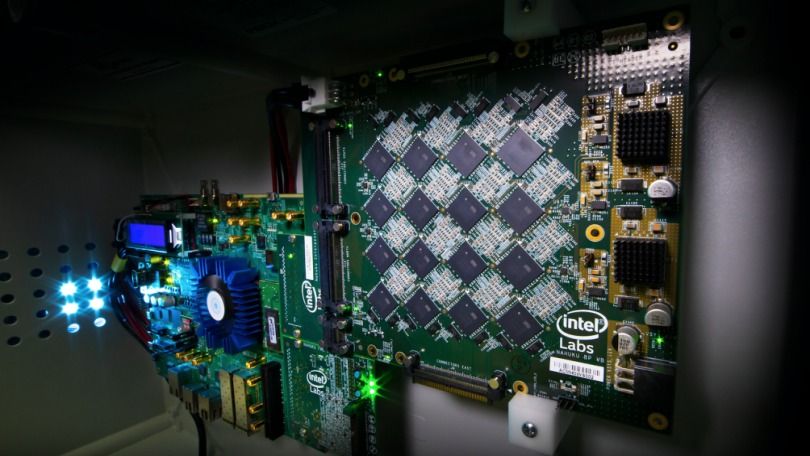False memories implanted in the brains of songbirds could explain how the birds learn to sing — and how people learn to talk.
Making its first flight in over a year, Mitsubishi Heavy Industries’ H-IIA rocket lifted off from the Tanegashima Space Centre on Sunday with a reconnaissance satellite for the Japanese government. Liftoff occurred at10:34 local time 01:34 UTC, during a five-minute launch window.
Sunday’s launch deployed the IGS Optical 7 satellite for the Cabinet Satellite Intelligence Centre, an agency of the Japanese government responsible for space-based surveillance. IGS Optical 7 is part of the Information Gathering Satellite (IGS) or Joho Shushu Eisei (JSE) system, consisting of spacecraft collecting optical and radar images of the Earth.
Japan began development of IGS in the late 1990s, following North Korea’s attempted satellite launch in 1998. Although the North Korean launch failed to reach orbit, the rocket carrying it crossed Japan during its ascent, sparking fears that North Korean missiles would be able to target the islands. With IGS, Japan aimed to develop an independent reconnaissance capability to monitor future threats. The constellation can also be used for disaster monitoring and other civilian applications by the Japanese government.
New research suggests that the surface of Venus is busy, but it may take new missions to our “sibling” planet to confirm this.
For the first time, scientists have sequenced the entire genetic code of a giant squid.
Because the massive creature has never been captured alive, biologists have largely been left in the dark as to how the giant squid grows and behaves. After sequencing its genes, University of Copenhagen and Marine Biological Laboratory researchers found several oddities in the giant squid’s DNA — genes that are rarely found in other invertebrates, for instance — giving scientists new tools with which understand the bizarre animals.
Santa Cruz, CA February 7, 2020 —Research into the novel Wuhan seafood market pneumonia virus, the deadly “coronavirus” that has forced the Chinese government to quarantine more than 50 million people in the country’s dense industrial heartland, will be facilitated by the UC Santa Cruz Genomics Institute. The Genomics Institute’s Genome Browser team has posted the complete biomolecular code of the virus for researchers all over the world to use.
“When we display coronavirus data in the UCSC Genome Browser, it lets researchers look at the virus’ structure and more importantly work with it so they can research how they want to attack it,” said UCSC Genome Browser Engineer Hiram Clawson.
Samples of the virus have been processed in labs all over the world, and the raw information about its genetic code has been sent to the worldwide repository of genomic information at the National Institutes of Health’s National Center for Bioinformatics (NCBI) in Bethesda, Maryland.
The results are in from a human clinical trial using the CRISPR/Cas9 gene-editing system to treat cancer. The study involved editing the immune cells of three cancer patients to better fight tumors, and the results show that the treated cells persist in the body for long periods and didn’t trigger any dangerous side effects.
CRISPR allows scientists to make precise edits to the genes in living cells, removing harmful genes and introducing new beneficial ones. Animal tests of the technique have shown great promise in treating a range of diseases, such as cervical cancer, muscular dystrophy and HIV.
Human tests have begun in recent years, as scientists targeted lung cancer and rare blood diseases with promising results. But there have still been concerns that CRISPR may not be completely safe, as the possibility of unintended mutations looms. It was also questioned whether edited cells would stick around in the body long enough to be very effective.
Drone maker Skyfront has partnered with Silvus Technologies to create a drone with a maximum flight time of five hours and an operating distance of 100km. The new long-range drone will allow operators to inspect pipelines and other assets as well as conduct long-range surveillance missions.
Our solar system is a surprisingly crowded place. This incredible map shows the 18,000 asteroids, comets, planets, and moons orbiting the Sun.
As the number of older Americans begins to rise, director Eric Verdin is leading his organization’s efforts to combat aging.
Up to 1,000 times faster than traditional CPUs!
Codenamed ‘Pohoiki Beach,’ the new chip processes data like a biological brain by simulating a whole network of neurons, allowing the silicon to process information ‘up to 1,000 times faster.’









